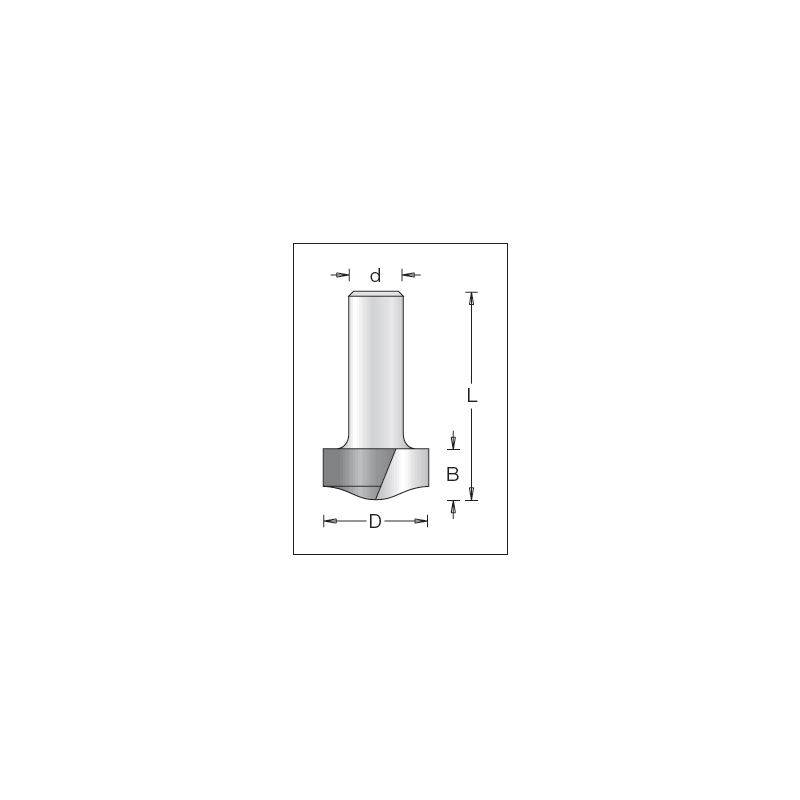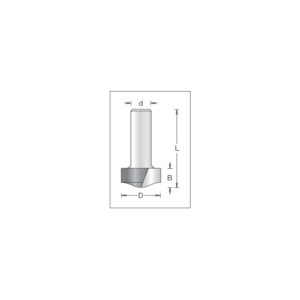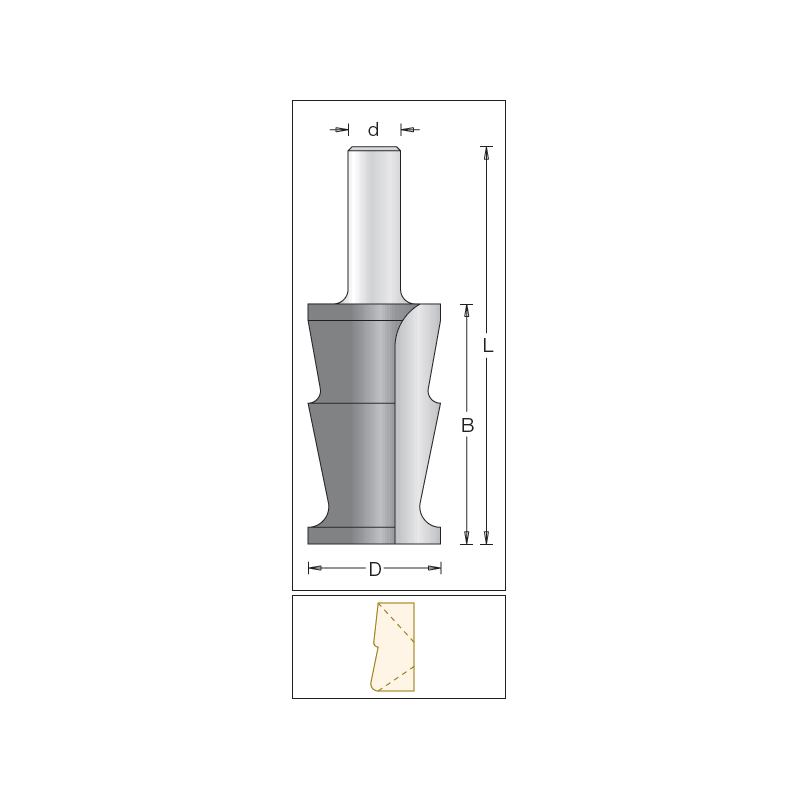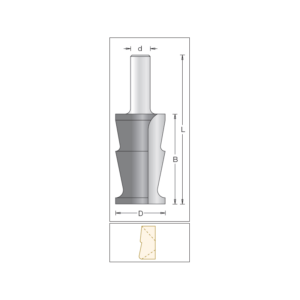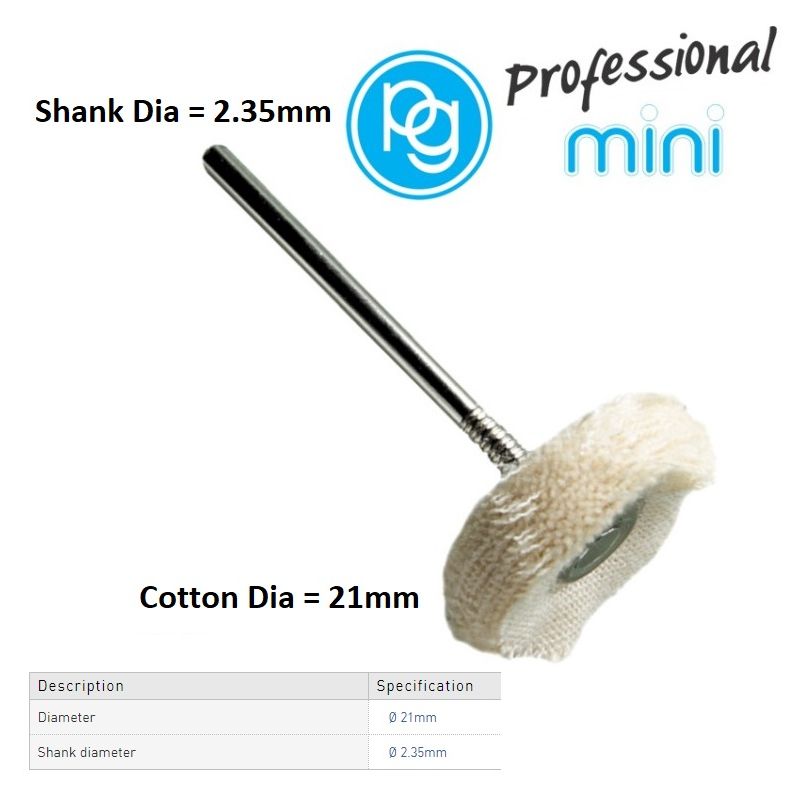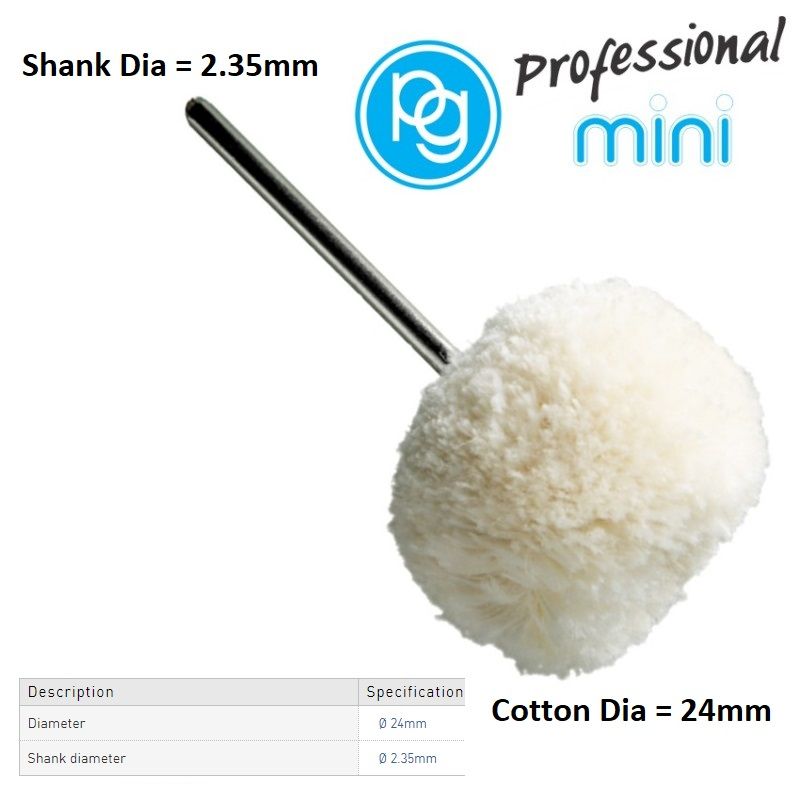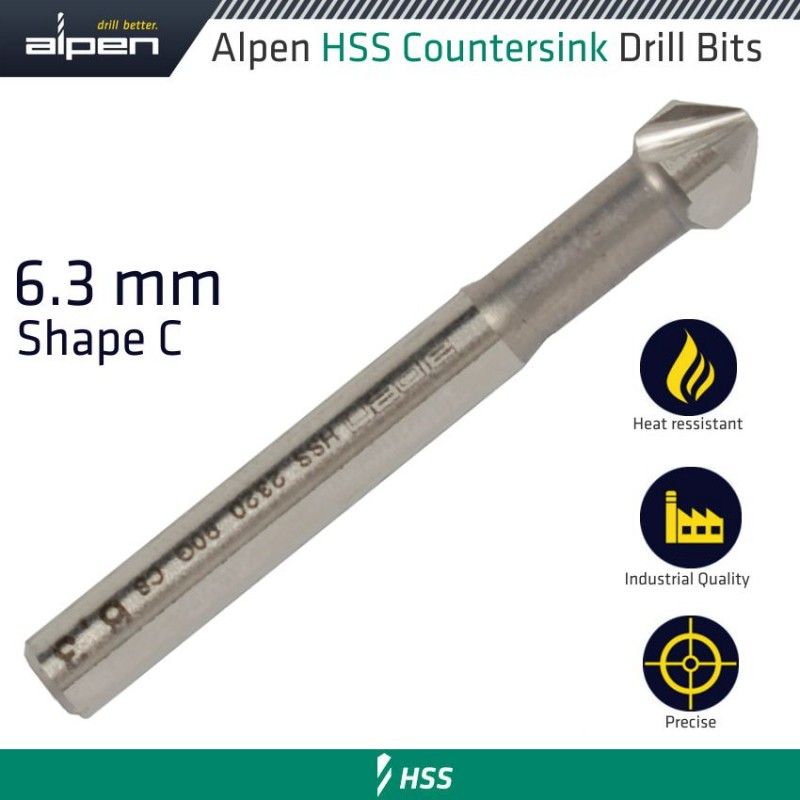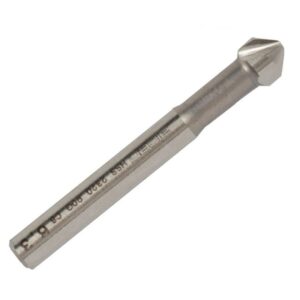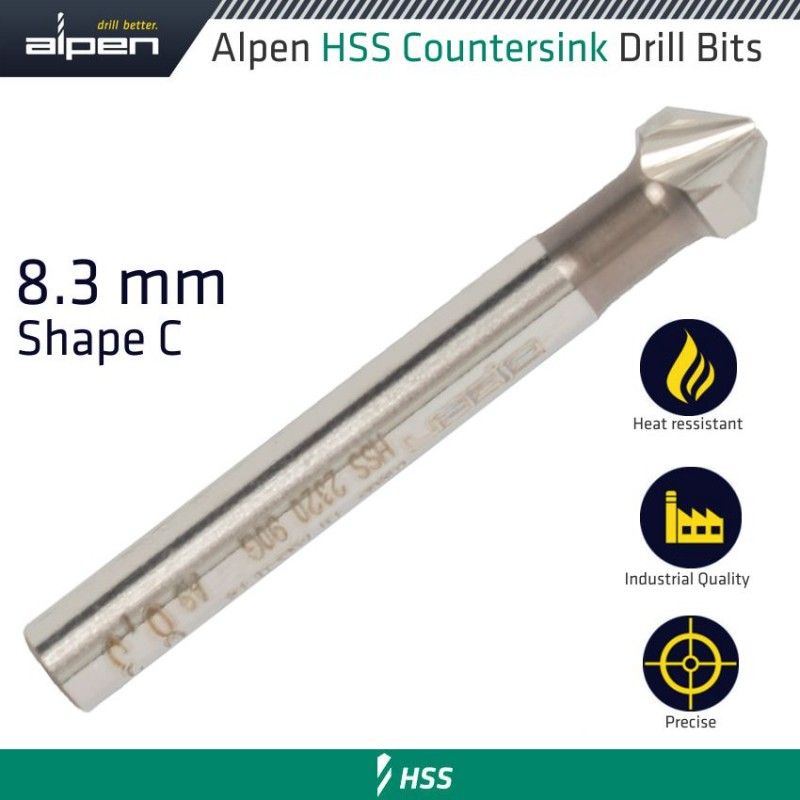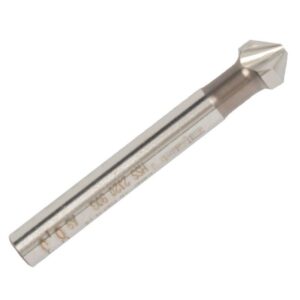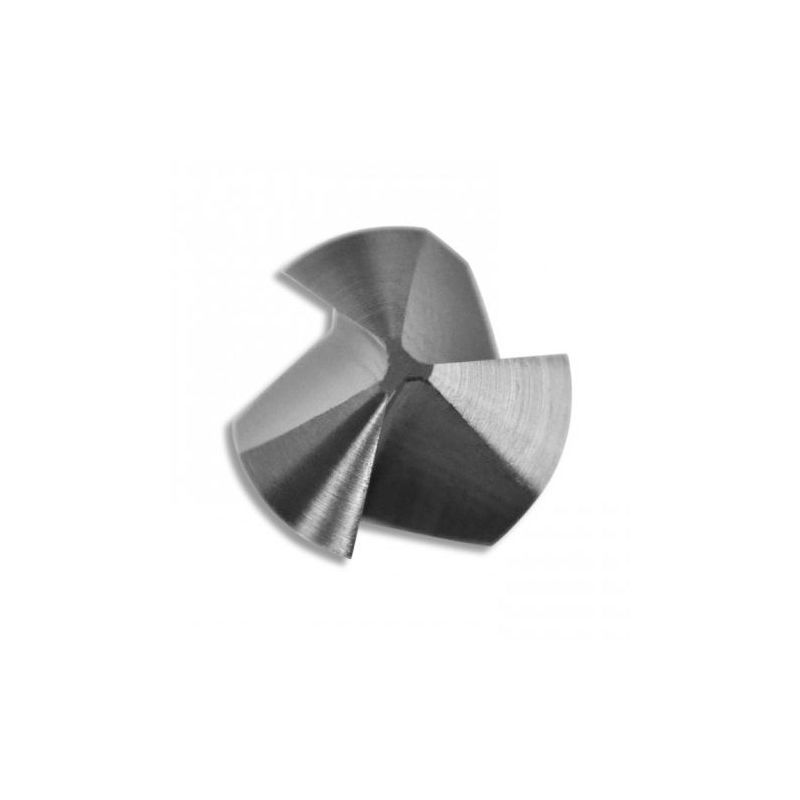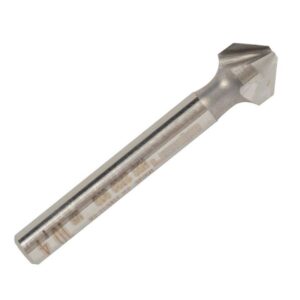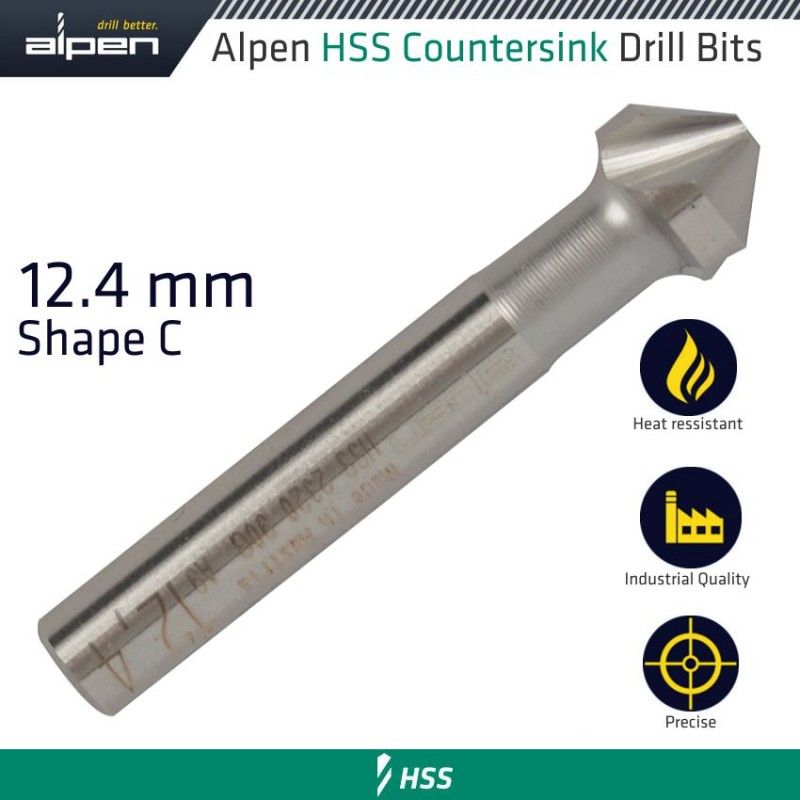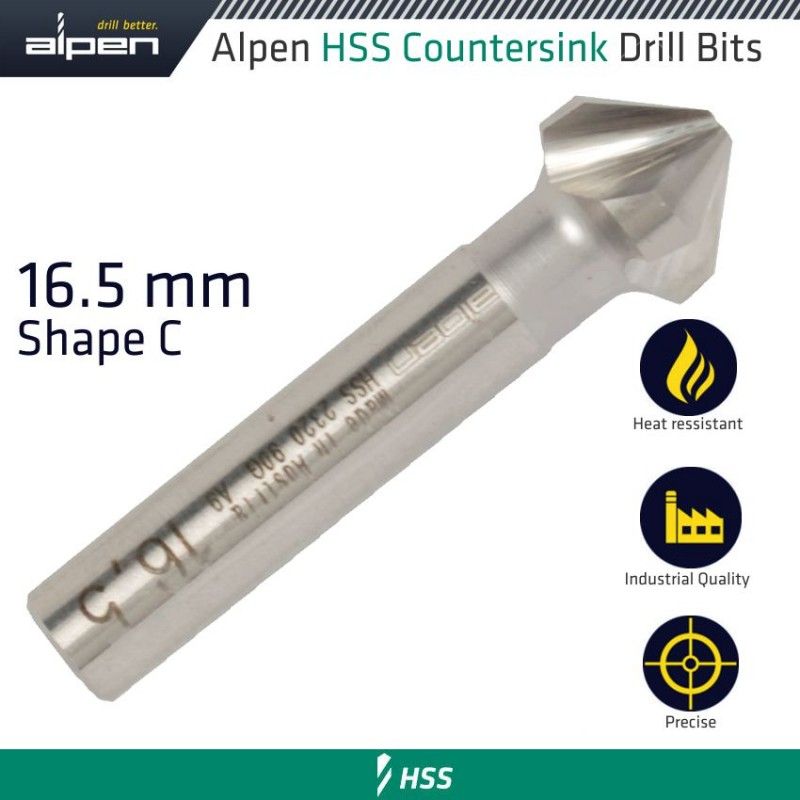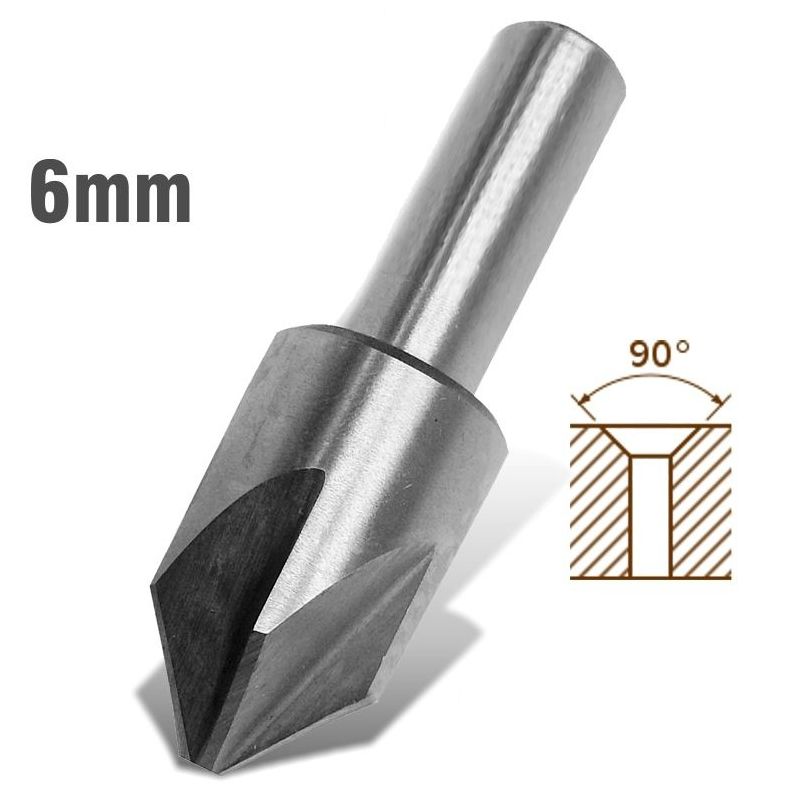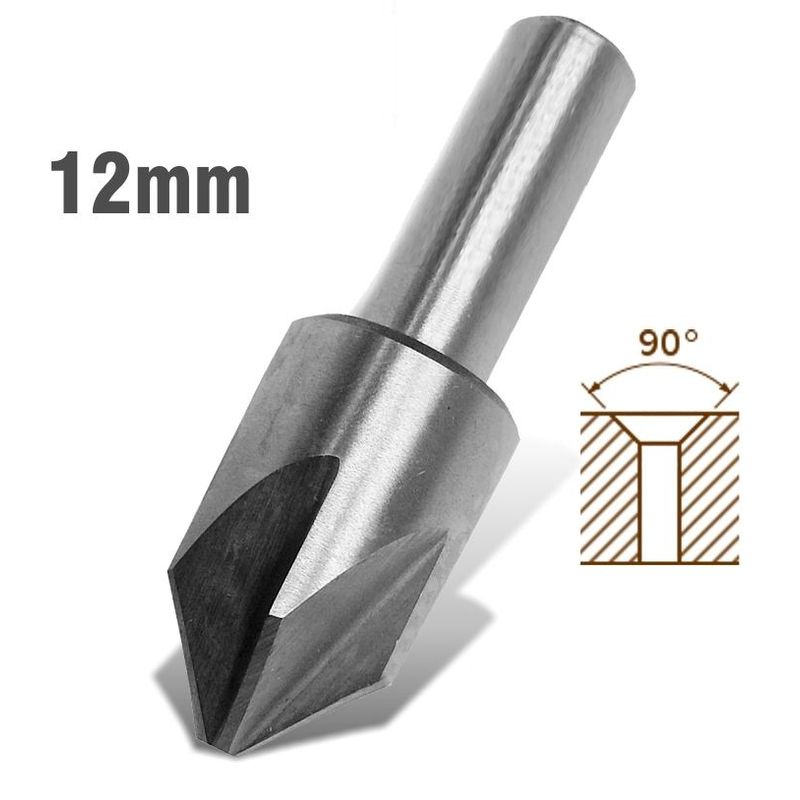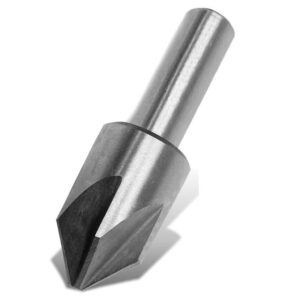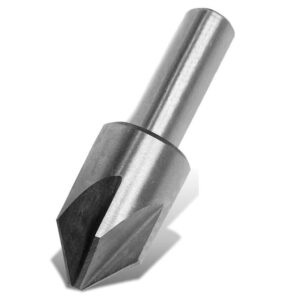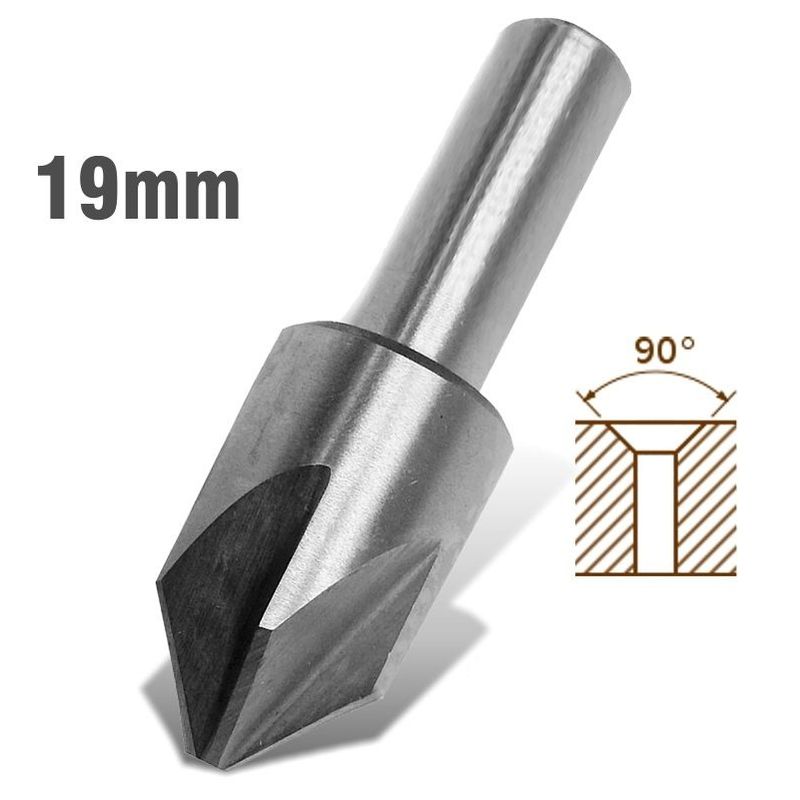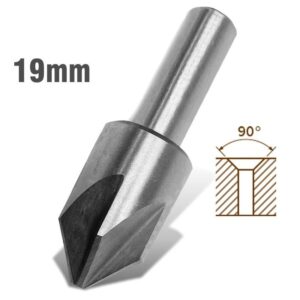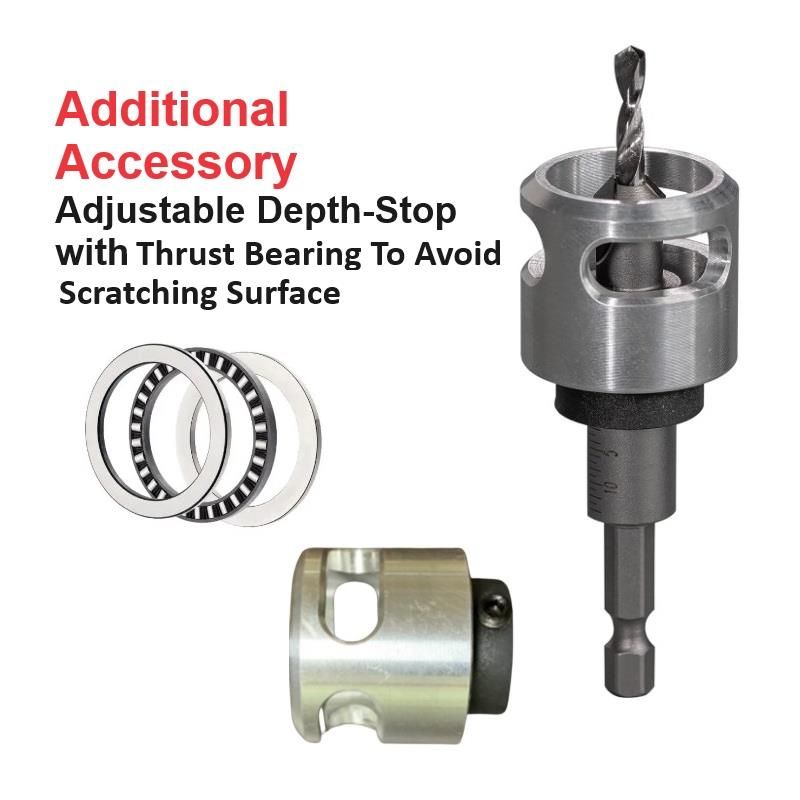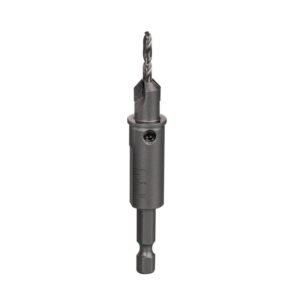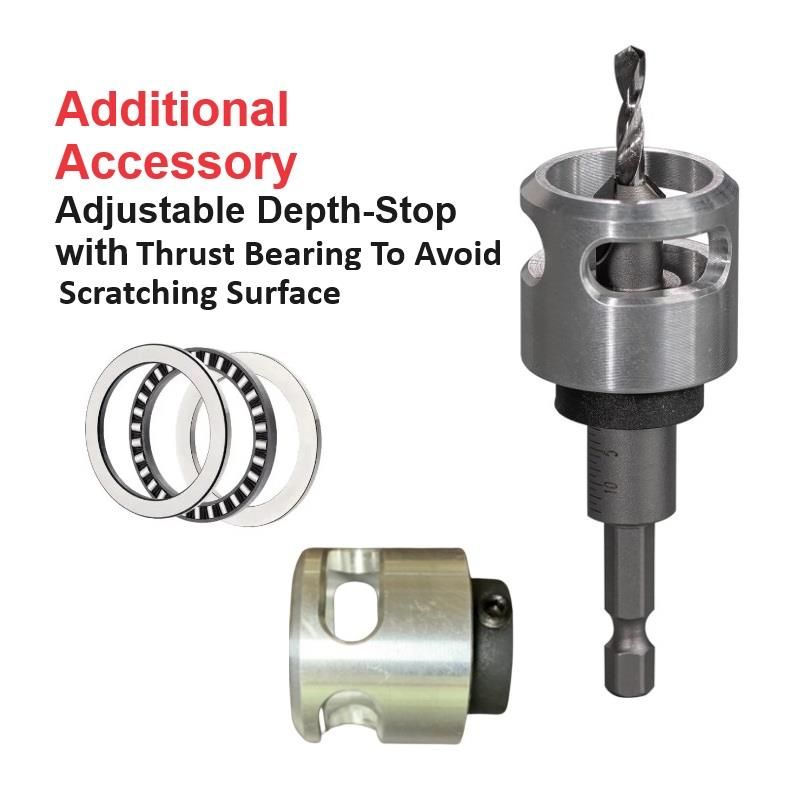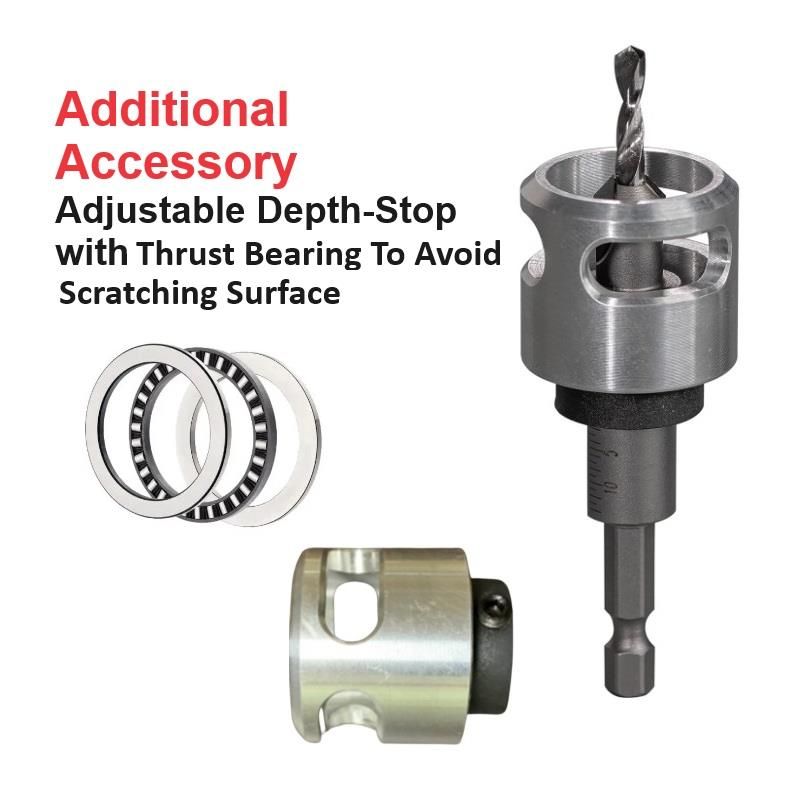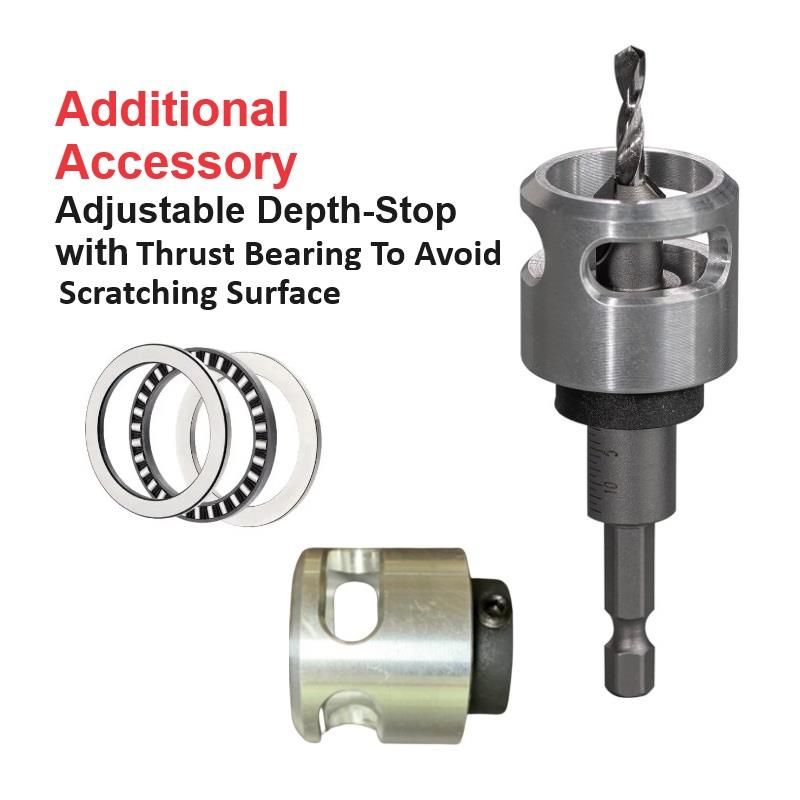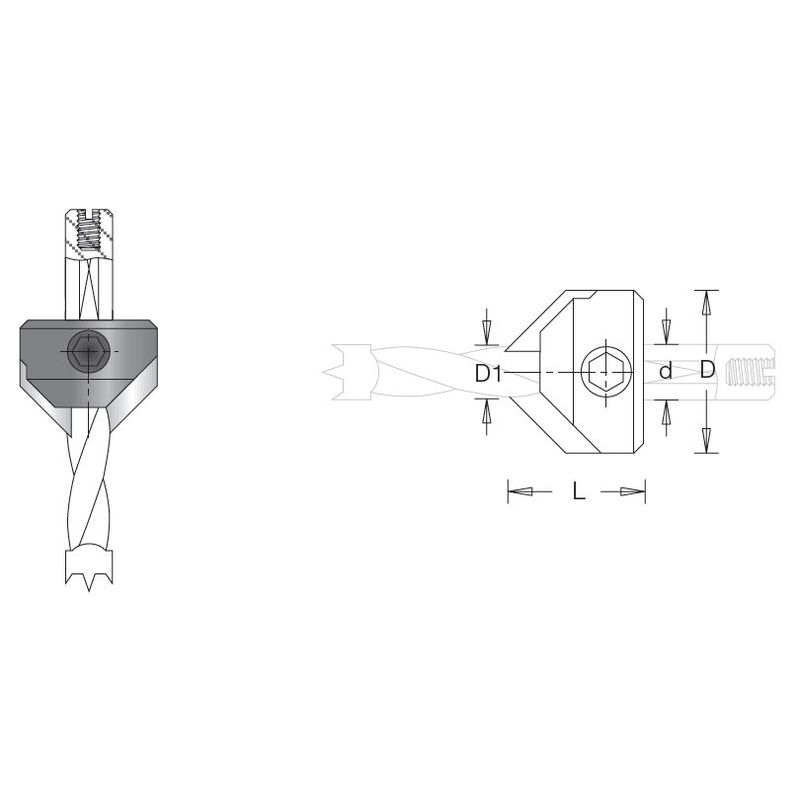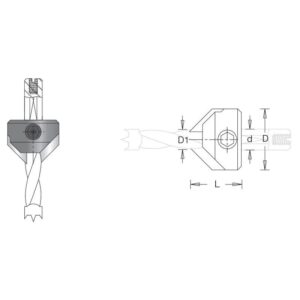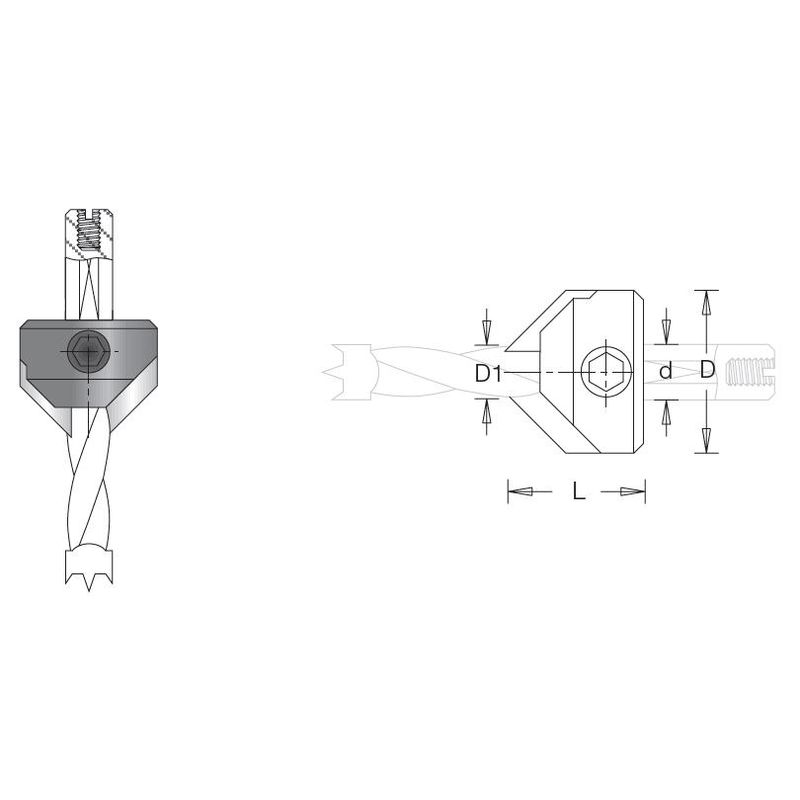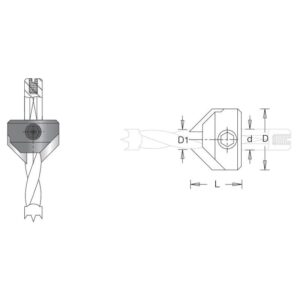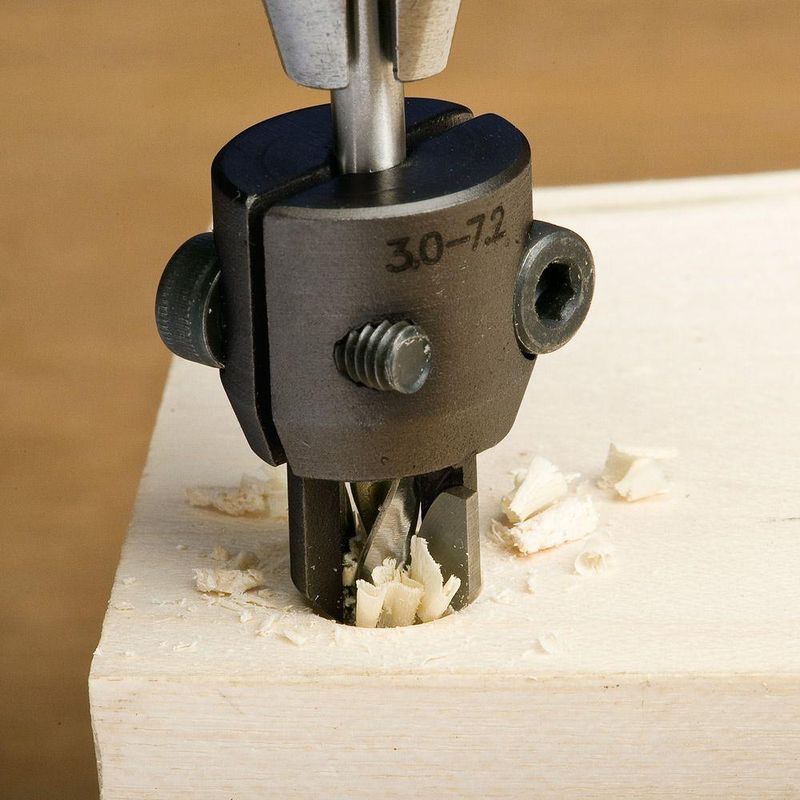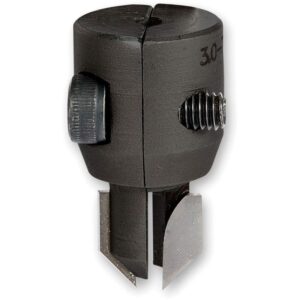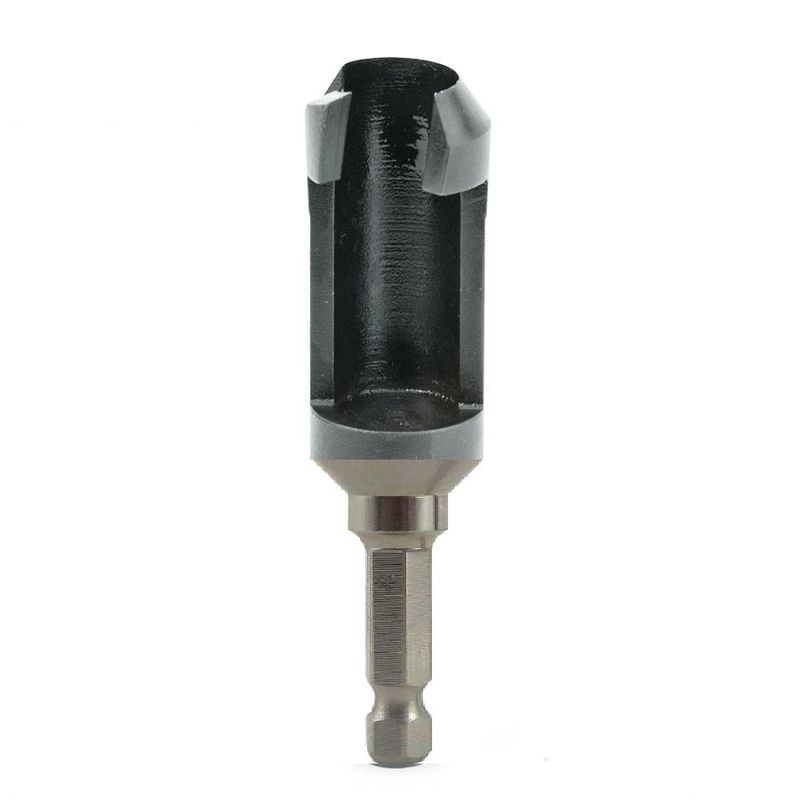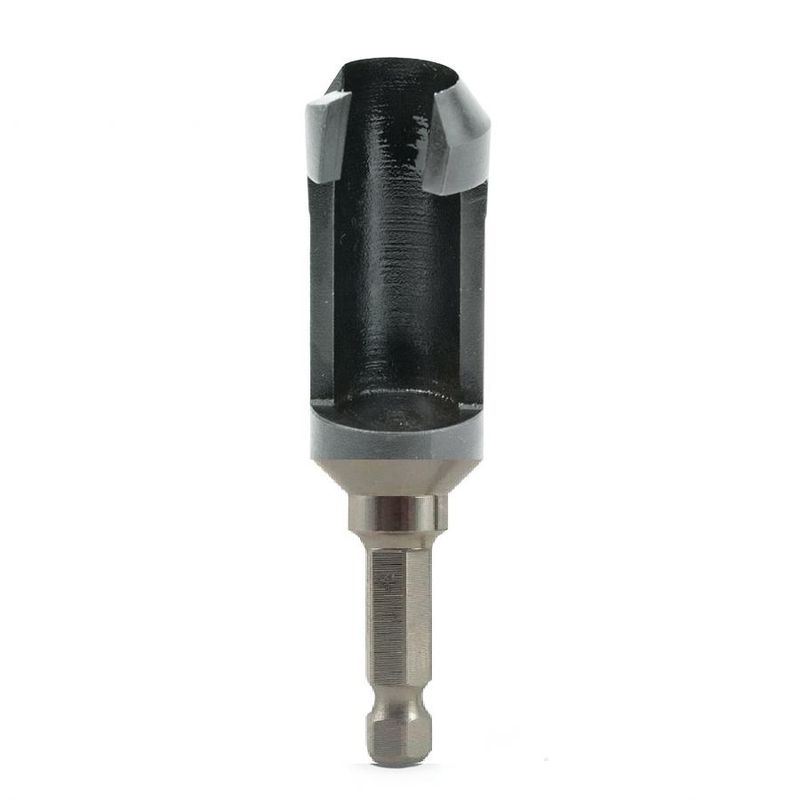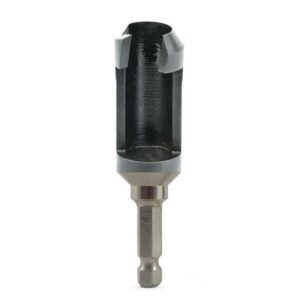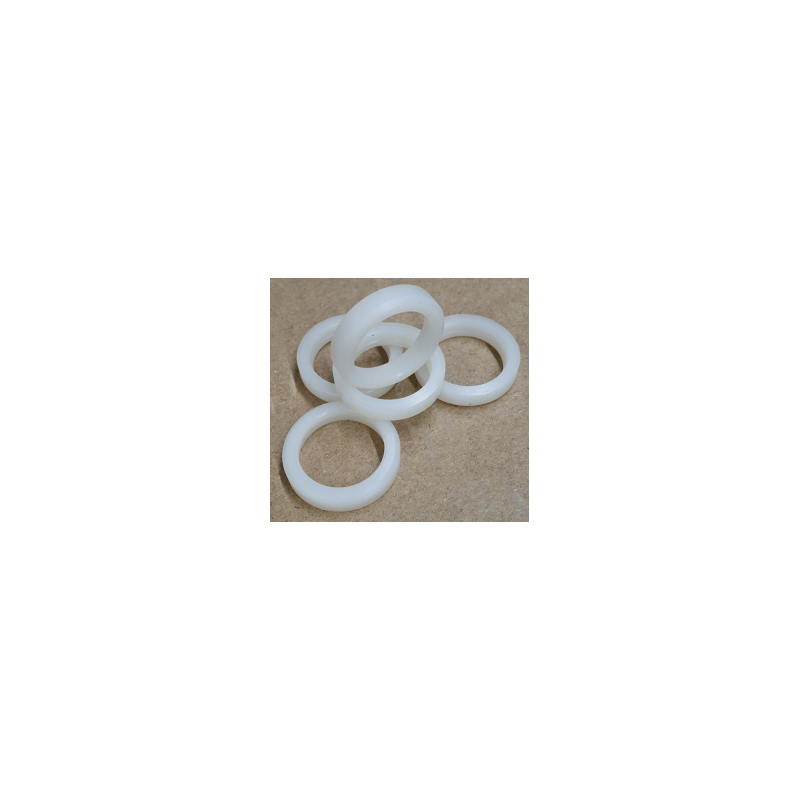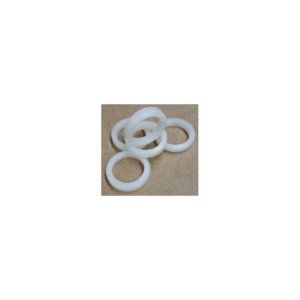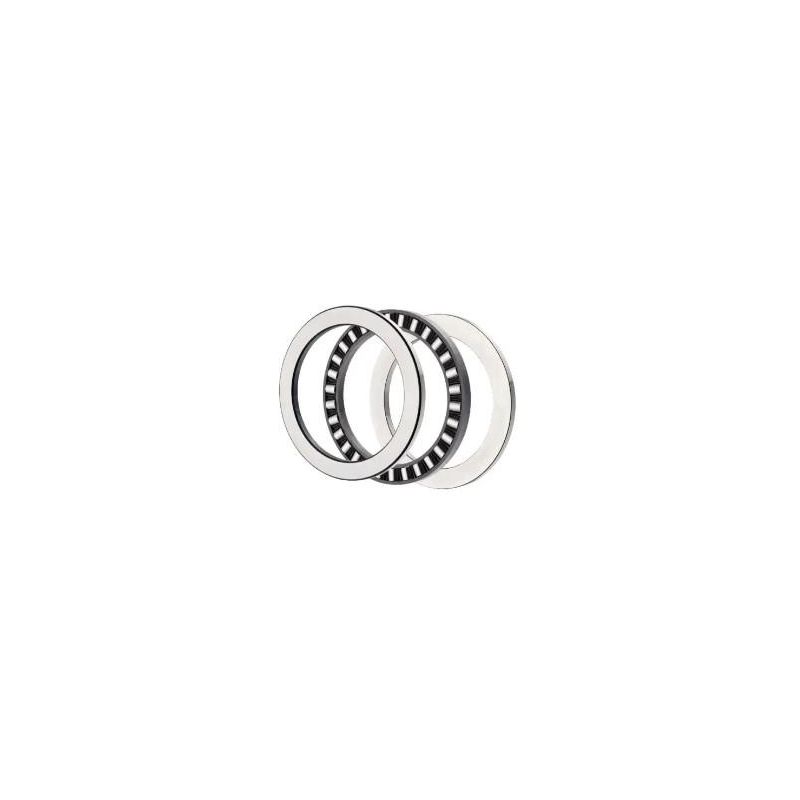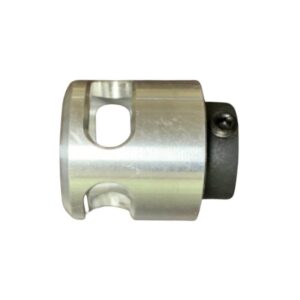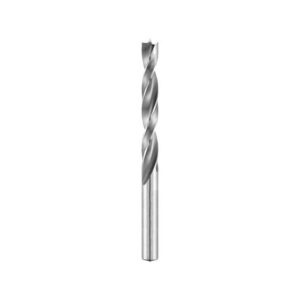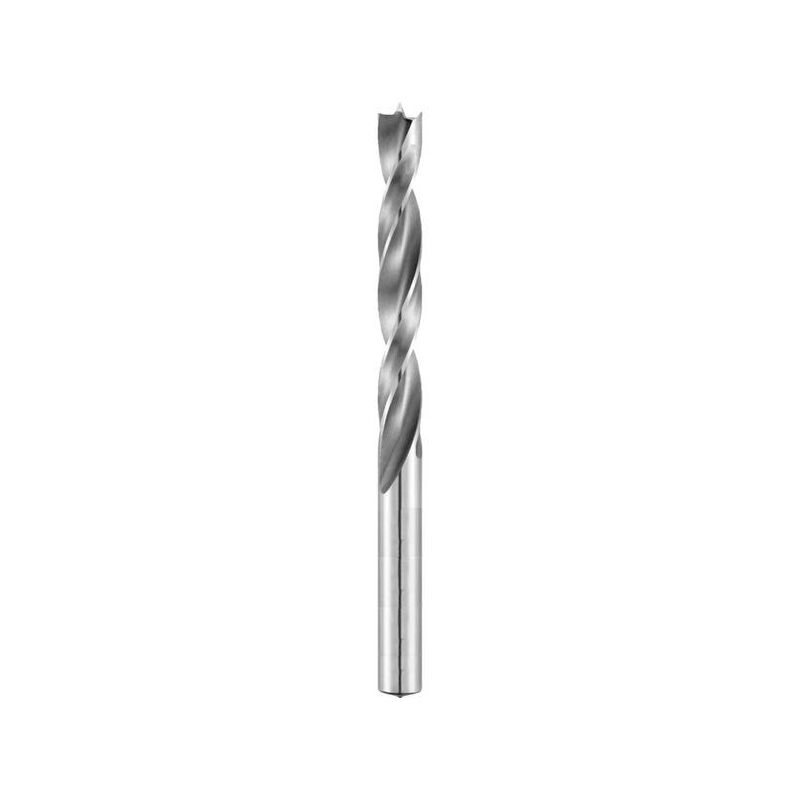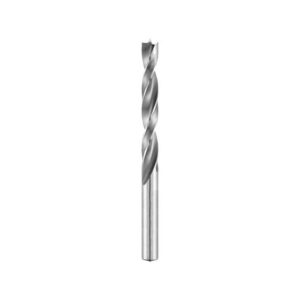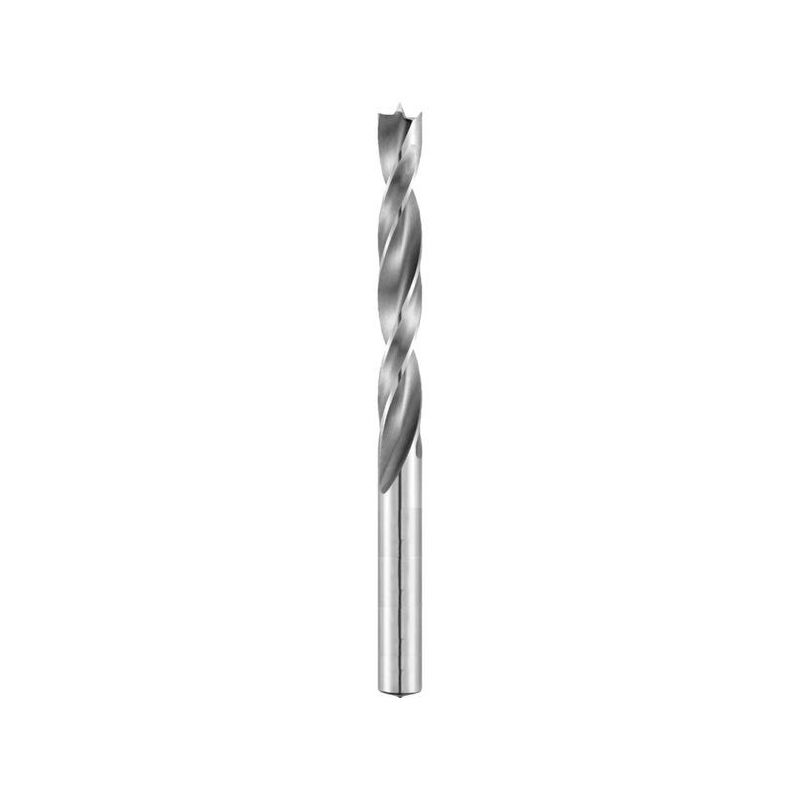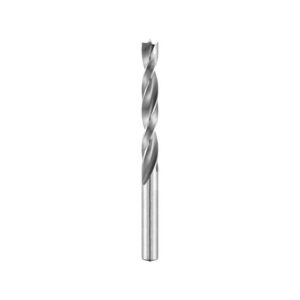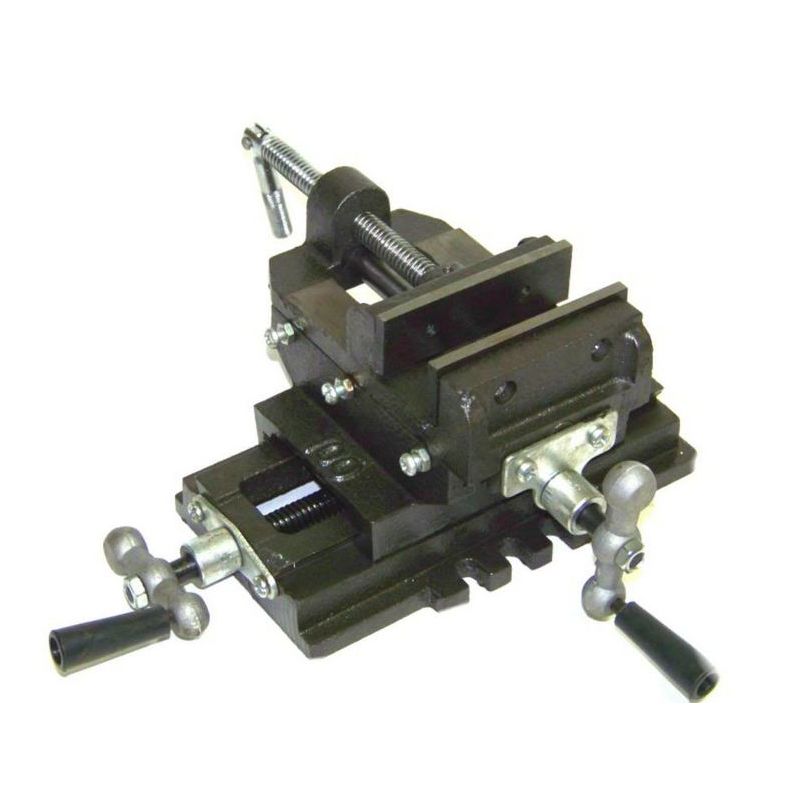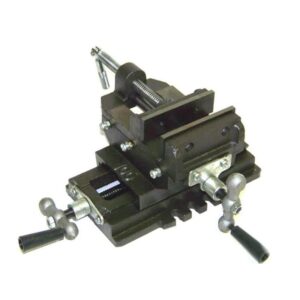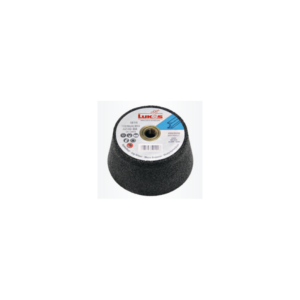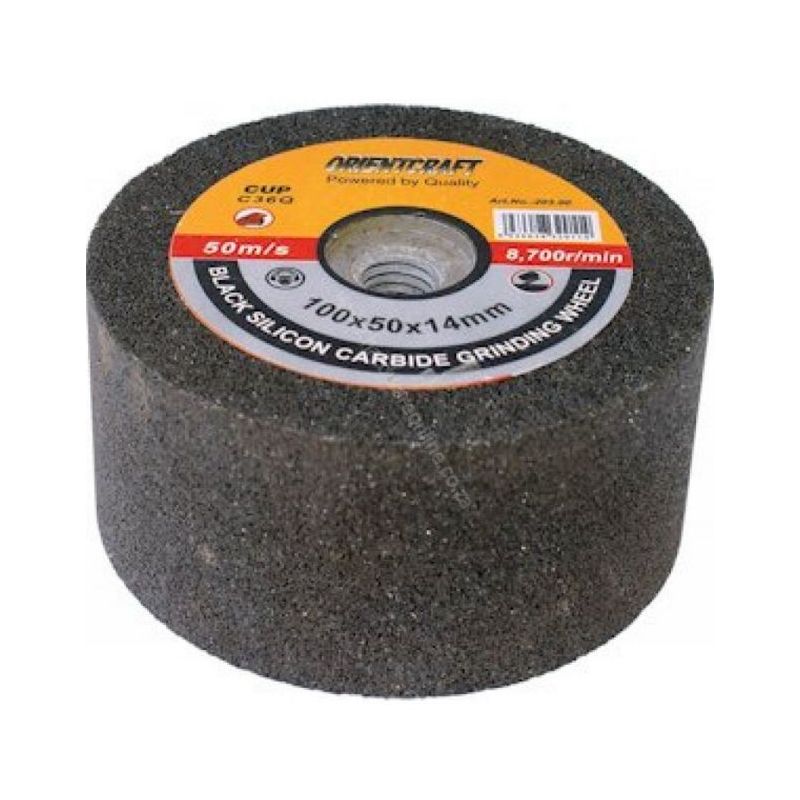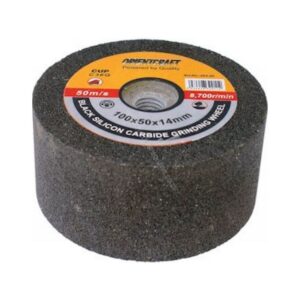Showing 545–576 of 2724 results
-
Dimar
Corner Top Bit, 25.4 x 12.7mm
Quick ViewR160,00R740,00· D = 25.4mm
· B = 12.7mm
· L = 54mm
· d = 12.7mm
-
Dimar
Cornice Profiling, 32.0 x 58.0mm – NLA
Quick ViewR260,00R520,00· D = 32.0mm
· B = 58.0mm
· L = 96.0mm
· d = 12.7mm
-
Mini Polishing
Cotton Fold Disc 21mm
Quick ViewR120,00The buff can be used for polishing and cleaning metals, gold, silver, non-ferrous metals, brass, aluminium and glass
QTY: 1
-
Mini Polishing
Cotton Yarn Disc 24mm
Quick ViewR120,00The buff can be used for polishing and cleaning metals, gold, silver, non-ferrous metals, brass, aluminium and glass
QTY: 1
-
Steel
Countersink 06.3 – 90 Deg HSS – Shape C, 3 F
Quick ViewR340,00HSS COUNTERSINK 90 06.3 DIN 335 SHAPE C -
Steel
Countersink 08.3 – 90 Deg HSS – Shape C, 3 F
Quick ViewR360,00HSS COUNTERSINK 90 Deg 08.3 DIN 335 SHAPE C -
Steel
Countersink 10.4 – 90 Deg HSS – Shape C, 3 F
Quick ViewR400,00HSS COUNTERSINK 90 Deg 10.4 DIN 335 SHAPE C -
Steel
Countersink 12.4 – 90 Deg HSS – Shape C, 3 F
Quick ViewR450,00HSS COUNTERSINK 90 Deg 12.4 DIN 335 SHAPE C -
Steel
Countersink 16.5 – 90 Deg HSS – Shape C, 3 F
Quick ViewR590,00HSS COUNTERSINK 90 Deg 16.5 DIN 335 SHAPE C -
Wood
Countersink HSS, 06mm 90 Deg
Quick ViewR100,000° HSS Industrial Quality Countersink
The five flute rose pattern design has been a principle countersink design for over 100 years. The odd number of flutes reduces chatter on steel, brass and aluminium. Also used for plastic and wood application.
Common uses:
A common use is to allow the head of a countersunk bolt or screw, when placed in the hole, to sit flush with or below the surface of the surrounding material. A countersink may also be used to remove the burr left from a drilling or tapping operation thereby improving the finish of the product and removing any hazardous sharp edges.
Regardless of the name given to the cutter, the surface being generated may be a conical chamfer (plunging applications) or a beveled corner for the intersection of two planes (traversing applications).
A countersink is a conical hole cut into a manufactured object. The same term is used for the cutter used to cut such a hole.
-
Wood
Countersink HSS, 10mm 90 Deg
Quick ViewR105,000° HSS Industrial Quality Countersink
The five flute rose pattern design has been a principle countersink design for over 100 years. The odd number of flutes reduces chatter on steel, brass and aluminium. Also used for plastic and wood application.
Common uses:
A common use is to allow the head of a countersunk bolt or screw, when placed in the hole, to sit flush with or below the surface of the surrounding material. A countersink may also be used to remove the burr left from a drilling or tapping operation thereby improving the finish of the product and removing any hazardous sharp edges.
Regardless of the name given to the cutter, the surface being generated may be a conical chamfer (plunging applications) or a beveled corner for the intersection of two planes (traversing applications).
A countersink is a conical hole cut into a manufactured object. The same term is used for the cutter used to cut such a hole.
-
Wood
Countersink HSS, 12mm 90 Deg
Quick ViewR105,000° HSS Industrial Quality Countersink
The five flute rose pattern design has been a principle countersink design for over 100 years. The odd number of flutes reduces chatter on steel, brass and aluminium. Also used for plastic and wood application.
Common uses:
A common use is to allow the head of a countersunk bolt or screw, when placed in the hole, to sit flush with or below the surface of the surrounding material. A countersink may also be used to remove the burr left from a drilling or tapping operation thereby improving the finish of the product and removing any hazardous sharp edges.
Regardless of the name given to the cutter, the surface being generated may be a conical chamfer (plunging applications) or a beveled corner for the intersection of two planes (traversing applications).
A countersink is a conical hole cut into a manufactured object. The same term is used for the cutter used to cut such a hole.
-
Wood
Countersink HSS, 16mm 90 Deg
Quick ViewR150,000° HSS Industrial Quality Countersink
The five flute rose pattern design has been a principle countersink design for over 100 years. The odd number of flutes reduces chatter on steel, brass and aluminium. Also used for plastic and wood application.
Common uses:
A common use is to allow the head of a countersunk bolt or screw, when placed in the hole, to sit flush with or below the surface of the surrounding material. A countersink may also be used to remove the burr left from a drilling or tapping operation thereby improving the finish of the product and removing any hazardous sharp edges.
Regardless of the name given to the cutter, the surface being generated may be a conical chamfer (plunging applications) or a beveled corner for the intersection of two planes (traversing applications).
A countersink is a conical hole cut into a manufactured object. The same term is used for the cutter used to cut such a hole.
-
-
Countersinks
Countersink, 10.0 X 3.0mm Drill – BETOP
Quick ViewR430,00Features an adjustable, heavy-duty, revolving depth-stop with a strong Thrust ball bearing for Quick and easy adjustment of the countersink depth without scratching or burning surfaces.
It also has an open space to allow for chip evacuation.
The user friendly design enables control of the drill length and its replacement, without the need to disassemble the depth-stop.
Enables users to drill a pilot hole and tapered Countersink in one step.
The adjustable depth-stop and independent stop Collar prevent marking of the workpiece and perfect Countersink depth control. -
Countersinks
Countersink, 10.0 X 4.0mm Drill – BETOP
Quick ViewR440,00Features an adjustable, heavy-duty, revolving depth-stop with a strong Thrust ball bearing for Quick and easy adjustment of the countersink depth without scratching or burning surfaces.
It also has an open space to allow for chip evacuation.
The user friendly design enables control of the drill length and its replacement, without the need to disassemble the depth-stop.
Enables users to drill a pilot hole and tapered Countersink in one step.
The adjustable depth-stop and independent stop Collar prevent marking of the workpiece and perfect Countersink depth control. -
Countersinks
Countersink, 10.0 X 5.0mm Drill – BETOP
Quick ViewR450,00Features an adjustable, heavy-duty, revolving depth-stop with a strong Thrust ball bearing for Quick and easy adjustment of the countersink depth without scratching or burning surfaces.
It also has an open space to allow for chip evacuation.
The user friendly design enables control of the drill length and its replacement, without the need to disassemble the depth-stop.
Enables users to drill a pilot hole and tapered Countersink in one step.
The adjustable depth-stop and independent stop Collar prevent marking of the workpiece and perfect Countersink depth control -
Countersinks
Countersink, 12.0 X 3.0mm Drill – BETOP
Quick ViewR430,00Features an adjustable, heavy-duty, revolving depth-stop with a strong Thrust ball bearing for Quick and easy adjustment of the countersink depth without scratching or burning surfaces.
It also has an open space to allow for chip evacuation.
The user friendly design enables control of the drill length and its replacement, without the need to disassemble the depth-stop.
Enables users to drill a pilot hole and tapered Countersink in one step.
The adjustable depth-stop and independent stop Collar prevent marking of the workpiece and perfect Countersink depth control. -
Countersinks
Countersink, 12.0 X 4.0mm Drill – BETOP
Quick ViewR440,00Features an adjustable, heavy-duty, revolving depth-stop with a strong Thrust ball bearing for Quick and easy adjustment of the countersink depth without scratching or burning surfaces.
It also has an open space to allow for chip evacuation.
The user friendly design enables control of the drill length and its replacement, without the need to disassemble the depth-stop.
Enables users to drill a pilot hole and tapered Countersink in one step.
The adjustable depth-stop and independent stop Collar prevent marking of the workpiece and perfect Countersink depth control. -
Countersinks For Dowel Drills
Countersink, 18.0 X 8.0mm – LH Drill, For Dowel Drills
Quick ViewR530,00- D1 = 8.0mm
- D = 18.0mm
- L = 17.5
- d = 8.0mm
-
Countersinks For Dowel Drills
Countersink, 18.0 X 8.0mm – RH Drill, For Dowel Drills
Quick ViewR530,00- D1 = 8.0mm
- D = 18.0mm
- L = 17.5
- d = 8.0mm
-
Countersinks
Countersink, Multi Diameter, 3.0 – 7.2mm – BETOP
Quick ViewR340,00D = 11.3 - 15.3mm
D1 = 3.0 - 7.2mm
B = 12mm
L = 32mm
a = 45deg -
Countersinks
Countersink, Plug Maker, 10.0mm – Cutter – BETOP
Quick ViewR370,00Designed to easily start cutting plugs and popping them out using a handheld drill bit or drill machine
-
Countersinks
Countersink, Plug Maker, 12.0mm – Cutter – BETOP
Quick ViewR370,00Designed to easily start cutting plugs and popping them out using a handheld drill bit or drill machine -
Countersinks With Depth Stops
Countersink, Replacement Depth Stoppers – OD = 28.5mm
Quick ViewR480,00- OD Outside Diameter + 28.5mm
-
Countersinks
Countersink, Revolving Depth Stop – BETOP
Quick ViewR410,00Features an adjustable, heavy-duty, revolving depth-stop with a strong Thrust ball bearing for Quick and easy adjustment of the countersink depth without scratching or burning surfaces.
It also has an open space to allow for chip evacuation.
The user friendly design enables control of the drill length and its replacement, without the need to disassemble the depth-stop.
Enables users to drill a pilot hole and tapered Countersink in one step.
The adjustable depth-stop and independent stop Collar prevent marking of the workpiece and perfect Countersink depth control -
Countersinks
Countersink, Spare Wood Drill Bit – 3.0mm – BETOP
Quick ViewR60,00- Countersink, Spare Wood Drill Bit - 3.0mm - BETOP - For Countersinks with 3.0mm Drill Bit
-
Countersinks
Countersink, Spare Wood Drill Bit – 4.0mm – BETOP
Quick ViewR65,00- Countersink, Spare Wood Drill Bit - 4.0mm - BETOP - For Countersinks with 4.0mm Drill Bit
-
Countersinks
Countersink, Spare Wood Drill Bit – 5.0mm – BETOP
Quick ViewR75,00Countersink, Spare Wood Drill Bit - 5.0mm - BETOP - For Countersinks with 5.0mm Drill Bit -
Hand Tools
Cross Vice For Drill Press, 125mm
Quick ViewR990,00- A versatile solution for either the engineer or woodworking enthusiast. Makes precision drilling a breeze by allowing the user to change the X and Y axis positions very quickly.
-
Masonary
Cup Stone, Concrete Grinding, 125mm M14
Quick ViewR390,00Cup Stone, Concrete Grinding, 125mm M14

